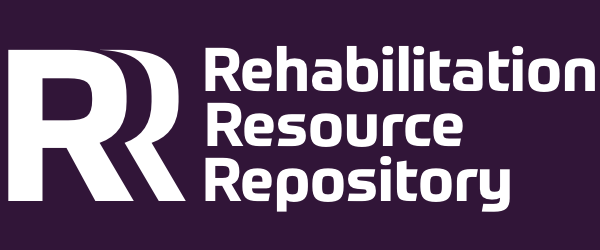Who Guideline on Health Workforce Development, Attraction, Recruitment and Retention in Rural and Remote Areas: A Summary
With nearly half of the world’s population living in a rural or remote area, meeting the health needs of rural populations, where over 80% of the world’s extremely poor live, is imperative in achieving universal health coverage. Leaving no one behind means ensuring that health workers are available in rural and remote areas.
Health, social and economic inequities remain cross-cutting challenges for rural populations. Rural populations tend to be poorer, have worse health outcomes, and experience higher rates of unemployment, underemployment and informal employment. It is estimated that about 51–67% of rural populations are without adequate access to essential health services , translating to about 2 billion people being left behind. In some countries, rural populations have access to numbers of health workers that are 10 times less than the numbers available to urban populations.
The deficiency in numbers and mix of trained motivated health workers to provide the needed health services is a critical health system issue. This inequitable access to health workers and health services impacts health outcomes and increases socioeconomic disadvantages. Higher under-5, maternal and preventable mortality rates, increased morbidity, decreased life expectancy, and more costs to access distant care are seen across rural areas.



